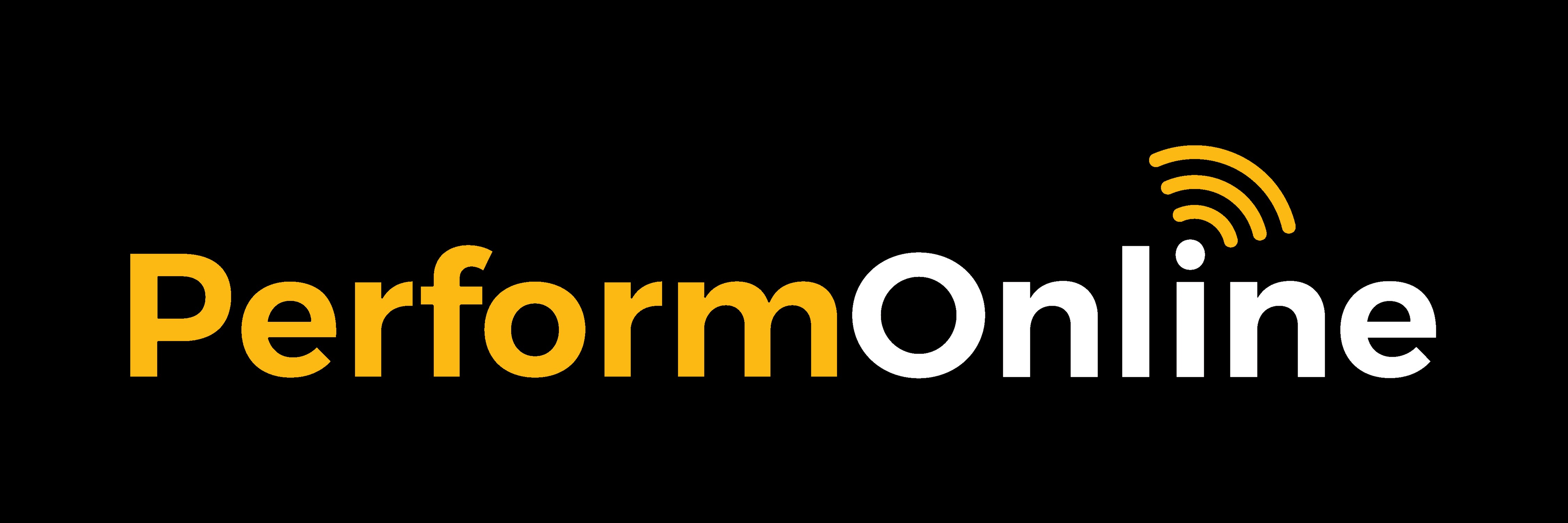I’m sure you’re heard that social media can help grow your brand and drive conversions, but are aware that your social media accounts can be a fully functional sales channel that drives revenue? The important question is, how you can strategize your social media platforms and examine sales tactics that work on social.
In this post, I’ll help you turn your social media presence into an engaging sales funnel.
Which Social platform Is the Best for…?
The short answer: it depends……..
Here’s why:
Users come to various social media platforms for many different reasons, and not every outlet is the best channel to approach your potential client, or to engage your current customers. Some social media platforms are better at marketing certain products and/or services than others. For example, if you run a service-based consultancy, dealing with providing services to other businesses, LinkedIn would most likely be the best platform to engage your customers. Instagram is a great place to sell things with visual appeal rather than words and can cater better to industries such as clothing and accessories. However, this doesn’t mean people who sell other products can’t effectively build a market around Instagram.
Basic Social Media Guidelines
Here are a few simple ideas for marketing on social media:
- Target establishing your brand as an authority in your industry.
- Create content that is insightful and relevant to your audience.
- Aim to solve problems when you engage with your potential customers.
- Use the proper platform for your business’ needs.
- Automate whenever possible; It streamlines your marketing strategy. Look for a tool that allows you to plan your social media moves and grab important statistics when you need them.

For B2B: LinkedIn
One of our favourite social media platforms to turn into a sales funnel is LinkedIn. We’ve seen first-hand that if utilised well, it can be extremely effective. LinkedIn also works well under the same principle as group-based marketing: you establish yourself as a leader and then position engaging and relevant content for your potential clients. The best way to utilise LinkedIn is with B2B service-based businesses and combining it with a well-planned re-marketing strategy.
Use your posts with the high levels of engagement and try and work out what is resonating with your audience. You can then use these posts on other platforms. You could contact those which engage immediately, but LinkedIn marketing has to be combined with a soft-sell strategy to perform best. Potential customers are turned off by un-researched, unwanted cold messages from salespeople. Instead, you should focus on building your networks and sharing relevant information and content for your sector.
For Almost Every Brand: Facebook
Without doubt, Facebook is the biggest of the social media giants and the most widely recognised social media channel. A huge percentage of your current and potential customers are daily Facebook users.
On Facebook, it’s easy to market almost anything, but there are a couple of ways that you can get ahead:
- If you’re selling speciality goods or services, then group-based marketing is an excellent idea. To do so, you build a following within a Facebook group establishing yourself as a thought leader in your industry. If you can achieve that, your group will look to you for recommendations for products and services that fit their needs.
- Consumer product retailing is the easiest to sell on Facebook because of their Marketplace platform, the multiple ways to customise ads, and different methods of building followers such as creating a page or a group.
The downside of Facebook is that it is not the best place to sell for B2B, though it can be key in helping build your brand.
For Retail and Customer Service: Chatbots
Everyone from the banking sector to independent retail outlets is getting obsessed with chatbots.
But why?
Chatbots work to drive leads and sales. This is especially true for those with in retail or those required to provide information on demand for their customers.
Here’s an example of how clothing retailer H&M uses a chatbot:

In the example given, you can see a large fashion chain interacting with a potential customer on Facebook, reacting almost instantly to customer feedback.
Here is why chatbots on social platforms are really useful:
- They engage with the customer, they can behave as if you have a sales rep that can readily assist your customers at any time.
- A continuing sales plan can be implemented since bots are automated and can always be online.
- Recording feedback is very straightforward since data can be set to be automatically collected and delivered.
If you have any kind of online store, chatbots are a great option for you to explore, however currently, it is only possible to integrate these with the top e-commerce platforms in the marketplace.
Social Media as a Sales Channel
Spamming your potential clients with repeating ads in the wrong place at the wrong time is unlikely to yield good results. However, with these tips, we hope that you’ll be able to determine which channels, and which sales techniques will be best for your potential customers.
If you would like to know more about anything in this article, or any of our service, please get in touch today.
[DISPLAY_ULTIMATE_SOCIAL_ICONS]
[/et_pb_text][/et_pb_column][/et_pb_row][/et_pb_section]
